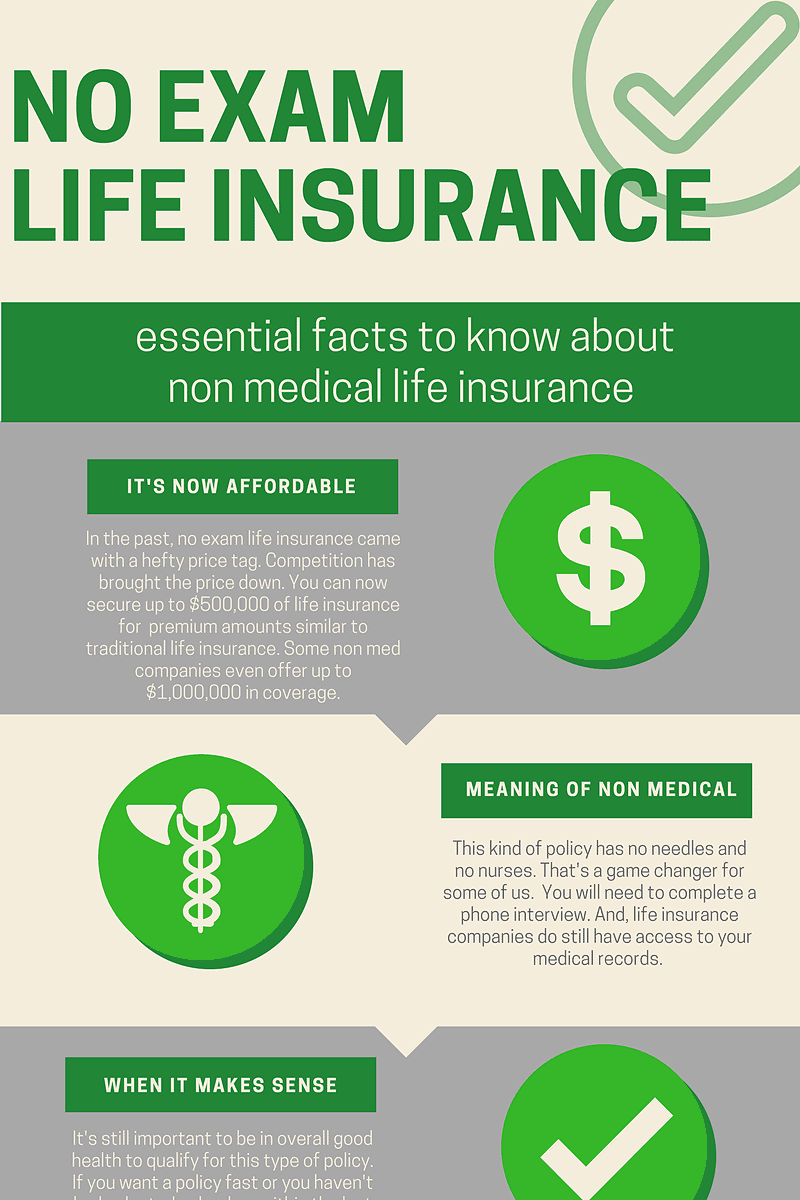How to File a Car Accident Claim
Filing a car accident claim can seem like a daunting task, but it doesn’t have to be! By following these steps, you can increase your chances of making a successful claim and getting the compensation you deserve. First, make your safety a top priority. If you or anyone else is injured, call 911 immediately. Then, gather as much information as possible at the scene of the accident, including the other driver’s insurance information, and take photos of the damage.
1. Gather Evidence
The more evidence you have to support your claim, the better. This includes photos of the damage, a copy of the police report, and witness statements. If you are injured, be sure to get a medical checkup as soon as possible and keep all of your medical records. Also, keep track of any lost wages or other expenses you have incurred as a result of the accident.
Here are some specific tips for gathering evidence after a car accident:
- Take pictures of the damage to both vehicles involved in the accident. Be sure to get close-up shots of any visible damage, as well as wider shots that show the overall extent of the damage.
- Get a copy of the police report. The police report will contain important information about the accident, such as the names and contact information of the drivers involved, the location of the accident, and the date and time of the accident.
- Get witness statements. If there were any witnesses to the accident, be sure to get their contact information and statements. Witness statements can be very helpful in supporting your claim.
- Keep track of your medical expenses. If you are injured in a car accident, be sure to keep all of your medical records. This includes bills from the hospital, doctor, and pharmacy. You may also be able to claim lost wages or other expenses you have incurred as a result of the accident.
2. File a Claim with Your Insurance Company
Once you have gathered all of the evidence you need, you can file a claim with your insurance company. You will need to provide your insurance company with the following information:
- Your name, address, and contact information
- The date, time, and location of the accident
- The name and contact information of the other driver involved in the accident
- The make, model, and year of your vehicle
- The damage to your vehicle
- Any injuries you sustained in the accident
- Any witnesses to the accident
3. Negotiate with the Insurance Company
Your insurance company will likely assign an adjuster to your claim. The adjuster will review your evidence and determine how much your claim is worth. You may need to negotiate with the insurance company to get a fair settlement. Here are some tips for negotiating with an insurance company:
- Be prepared to provide the insurance company with all of the evidence you have gathered.
- Be realistic about your demands. Don’t ask for more than you are entitled to.
- Be willing to compromise. You may not get everything you want, but you should be able to get a fair settlement.
4. Get a Lawyer
If you are unable to reach a fair settlement with the insurance company, you may want to consider hiring a lawyer. A lawyer can help you navigate the claims process and get you the compensation you deserve.
Filing a Car Accident Claim: A Comprehensive Guide
After the shock of a car accident subsides, one of the most pressing concerns is filing a claim to cover damages and injuries. Navigating the claims process can be daunting, but understanding the steps involved can make it less overwhelming.
**Gather Information at the Scene**
If possible, gather crucial information at the accident scene. This includes exchanging contact information and insurance details with the other driver(s) involved. Take plenty of pictures of the damage to both vehicles, including any visible injuries. If there are witnesses, get their names and contact information. Finally, don’t forget to call the police and file an accident report.
**Contact Your Insurance Company**
As soon as possible, contact your insurance company and report the accident. Provide them with the details you gathered at the scene, including the police report number. They will assign you a claims adjuster who will guide you through the process and help determine the value of your claim.
**Get a Medical Examination**
Even if you don’t feel seriously injured, it’s essential to get a medical examination after a car accident. Some injuries may not manifest immediately, and having a record of your condition will be invaluable when filing your claim.
**Negotiate with the Insurance Company**
Your insurance company will make an initial offer to settle your claim. It’s important to carefully review this offer and negotiate if you believe it’s inadequate. The insurance adjuster may consider factors such as the severity of your injuries, the extent of the vehicle damage, and the opinions of medical professionals.
**Consider Legal Representation**
If you are unable to reach a fair settlement with the insurance company on your own, consider consulting an attorney. An experienced legal professional can help you navigate the complexities of the claims process and maximize your recovery.
**File a Lawsuit (Last Resort)**
If negotiations fail, you may need to consider filing a lawsuit against the at-fault driver or their insurance company. This should be a last resort, as lawsuits can be expensive and time-consuming. However, it may be necessary if you have suffered severe injuries or have not been able to resolve the claim through other means.
By following these steps, you can increase your chances of successfully filing a car accident claim and recovering compensation for your losses. Remember to act promptly, gather as much evidence as possible, and don’t be afraid to seek professional help if needed.
How to File a Car Accident Insurance Claim
Getting into a car accident can be a stressful and overwhelming experience. But knowing what to do in the aftermath can help you get the compensation you deserve. Here’s a step-by-step guide on how to make a car accident claim:
Report the Accident to Your Insurance Company
First things first, notify your insurance company as soon as possible after the accident. Don’t wait days or weeks to report it, as this could jeopardize your claim. Provide them with all the details of the accident, including the time, location, and other drivers involved.
Gather Evidence
After reporting the accident, start gathering evidence to support your claim. This may include:
- Police report
- Photos of the damage to your vehicle
- Witness statements
- Medical records
Contact the Other Driver’s Insurance Company
If the other driver was at fault, you’ll need to contact their insurance company to file a claim. Provide them with the same information you gave your own insurance company.
Negotiate a Settlement
Once the insurance companies have reviewed the evidence, they’ll start negotiating a settlement. This is the amount of money you’ll receive to cover the damages to your vehicle, medical expenses, and other losses. Be prepared to negotiate and don’t be afraid to stand up for what you deserve.
What If You Can’t Reach an Agreement?
If you and the insurance company can’t agree on a settlement, you may need to file a lawsuit. This is a more complex and time-consuming process, but it may be necessary to get the compensation you’re entitled to.
Additional Tips
- Stay calm and collected after the accident. It’s easy to get flustered, but it’s important to remain level-headed.
- Don’t admit fault to the other driver or the police. This could hurt your claim.
- Get a copy of the police report. This will provide an official record of the accident.
- Don’t sign anything from the other driver’s insurance company without first consulting with your own insurance company.
- Keep track of all your expenses related to the accident. This will help you get reimbursed for your losses.
How to Make a Claim From a Car Accident
Being involved in a car accident can be a stressful and overwhelming experience. One of the most important steps to take after an accident is to file a claim with your insurance company. This guide will provide you with a step-by-step overview of the process of making a car accident claim.
Get a Copy of the Police Report
The police report serves as an official record of the accident, containing crucial details such as the names and contact information of the drivers involved, the time and location of the accident, and a description of the events leading up to it. Obtaining a copy of the police report is vital for supporting your claim.
Contact Your Insurance Company
Inform your insurance company about the accident as soon as possible. They will assign you a claims adjuster who will guide you through the process and assist you in completing the necessary paperwork.
Gather Evidence
To support your claim, gather as much evidence as possible. This may include photographs of the accident scene, damage to your vehicle, and any injuries sustained. You can also request witness statements if there were any bystanders present during the accident.
Determine Fault
Determining who is at fault for the accident is crucial for your claim. Typically, fault is assigned based on the rules of the road and the specific circumstances of the accident. Your insurance company will investigate the evidence and make a determination regarding fault.
Calculate Damages
Calculate the damages you have incurred as a result of the accident. These may include property damage, medical expenses, lost wages, and pain and suffering. It’s important to provide documentation to support your claims, such as receipts for medical bills and proof of lost income.
Negotiate a Settlement
Once fault and damages have been determined, you will negotiate a settlement with the insurance company. This involves reaching an agreement on the amount of compensation you will receive for your losses. If you are unable to reach a settlement, you may have to pursue legal action.
File a Lawsuit
If negotiations fail, you may need to file a lawsuit to recover compensation for your damages. This is a complex process that requires the assistance of an attorney. They will represent you in court and argue your case before a judge or jury.
When you’re involved in a car accident, the first thing you should do is make sure everyone is okay. Once you’ve checked for injuries, you can start the process of filing a claim. Here’s a step-by-step guide on how to make a car accident claim:
Contact Your Insurance Company
The first thing you should do after a car accident is to contact your insurance company. They will be able to guide you through the process of filing a claim and will help you get the compensation you deserve. You should also contact the other driver’s insurance company, if possible.
Document the Accident
It’s important to document the accident as thoroughly as possible. This includes taking pictures of the damage to both vehicles, getting the names and contact information of any witnesses, and writing down a detailed account of what happened. The more information you have, the easier it will be to file a claim.
Determine Fault
Who is at fault for the accident will determine who is responsible for paying for damages. In most cases, the at-fault driver is the one who caused the accident. However, there are some cases where both drivers may be at fault. If you’re not sure who is at fault, you can contact your insurance company or a lawyer for help.
File Your Claim
Once you have determined who is at fault, you can file your claim. You will need to provide your insurance company with the following information:
- A copy of the police report
- Photos of the damage to both vehicles
- The names and contact information of any witnesses
- A detailed account of what happened
Negotiate a Settlement
Once you have filed your claim, your insurance company will begin negotiating with the other driver’s insurance company. The goal is to reach a settlement that is fair to both parties. If you can’t reach a settlement, you may need to go to court to resolve the matter.
Remember the golden rule: How would you treat someone in the same situation? You’re likely experiencing a rollercoaster of emotions, so try to remain calm throughout the process. If you feel you’re being treated unfairly, or if you’re not sure what to do next, don’t hesitate to contact your insurance company or an attorney for help.
How to File a Car Accident Claim
After a car accident, it’s crucial to take the necessary steps to protect your rights and get the compensation you deserve. Filing a claim can be a daunting task, but by following these steps, you can increase your chances of a successful outcome.
Document Your Damages
The first step in filing a claim is to document all of the damages you’ve incurred as a result of the accident. This includes medical bills, lost wages, pain and suffering, and property damage. Keep all receipts, invoices, and other documentation that supports your claim. You should also take photographs of the accident scene, your injuries, and any damaged property. This documentation will be invaluable when it comes time to negotiate with the insurance company.
Obtain a Police Report
If possible, you should obtain a copy of the police report from the accident. This report will contain important information about the accident, such as the date, time, location, and the names of the drivers involved. If there were any witnesses to the accident, the police report may also contain their contact information. It’s a good idea to request a copy of the report as soon as possible, as some states have strict deadlines for doing so.
Determine the at-fault driver
In order to file a claim, you need to determine who is at fault for the accident. Most states follow a “fault” system, which means that the driver who is found to be at fault for the accident is responsible for paying for the damages of the other driver. If you are not sure who is at fault, you can speak to a lawyer to help you determine liability.
File a claim with the insurance company
Once you have determined who is at fault and have gathered the necessary documentation, you can file a claim with the insurance company. You will need to provide the insurance company with the following information:
- Your name and contact information
- The name and contact information of the other driver
- The date, time, and location of the accident
- A description of the accident
- The police report number (if available)
- Documentation of your damages
Negotiate with the insurance company
Once you have filed a claim, the insurance company will investigate the accident and determine how much you are entitled to receive. The insurance company may offer you a settlement, which is a lump sum payment that you will receive in exchange for releasing the insurance company from any further liability. You do not have to accept the settlement, and you can negotiate with the insurance company to get a fair amount for your damages.
Conclusion
Filing a car accident claim can be a complex process, but by following these steps you can increase your chances of a successful outcome. Remember to document your damages, obtain a police report, determine the at-fault driver, file a claim with the insurance company, and negotiate with the insurance company. If you have any questions or concerns, do not hesitate to contact a lawyer for help.
How to Make a Car Accident Claim
If you’ve been involved in a car accident, it’s important to know how to make a claim. Here’s a step-by-step guide to help you get started.
Gather Evidence
After an accident, it’s crucial to document everything that happened. This includes taking photos of the damage to your car, getting the names and contact information of any witnesses, and writing down a detailed account of what happened. This evidence will be invaluable when you file your claim.
Report the Accident
Once you’ve gathered evidence, you need to report the accident to your insurance company. They will provide you with a claim number and assign an adjuster to handle your case. The adjuster will investigate the accident and determine how much you’re entitled to.
File a Claim
To file a claim, you’ll need to submit a completed claim form to your insurance company. The form will ask for information about the accident, your injuries, and the damage to your car. You’ll also need to provide copies of any evidence you have.
Negotiate a Settlement
If the other driver’s insurance company accepts liability for the accident, they will offer you a settlement. This is a lump sum of money that you can use to cover your medical expenses, lost wages, and other damages. It’s important to carefully consider the settlement offer before accepting it.
If You Can’t Settle
If you can’t reach a settlement with the other driver’s insurance company, you may need to file a lawsuit. This is a more formal process that can be time-consuming and expensive. However, it may be necessary if you want to get the full compensation you deserve.
Tips for Negotiating a Settlement
Negotiating a settlement can be a tricky process. Here are a few tips to help you get the best possible outcome:
- Be prepared to walk away. If the insurance company isn’t offering you a fair settlement, don’t be afraid to walk away from the negotiations. You can always file a lawsuit later.
- Don’t accept the first offer. The first offer is usually not the best offer. Be prepared to negotiate back and forth until you reach a settlement that you’re happy with.
- Get everything in writing. Once you reach a settlement, make sure to get everything in writing. This will protect you if the insurance company tries to back out of the deal later.
Negotiating a settlement can be a difficult process, but it’s important to remember that you’re entitled to fair compensation for your injuries and damages. By following these tips, you can increase your chances of getting the best possible outcome.
How to Make a Claim From a Car Accident
Being involved in a car accident can be a traumatic and stressful experience. Sorting out insurance claims can add to your worries. This guide will provide you with information on how to make a car accident claim, step by step.
First, ensure your safety and that of any passengers. Call the police and seek medical attention if necessary, even if your injuries seem minor. Exchange information with the other driver, including names, addresses, phone numbers, insurance companies, and policy numbers.
Report the accident to your insurance company promptly. Provide details of the accident, including the date, time, location, and a description of the events. Take photos of the damage to your vehicle and any visible injuries.
Contact the Other Driver’s Insurance Company
Reach out to the other driver’s insurance company and provide them with the same information you gave yours. They will likely assign an adjuster to handle your claim.
Gather Evidence
Collect as much evidence as possible to support your claim. This may include medical records, police reports, witness statements, and photographs.
Negotiate a Settlement
The insurance company will review your evidence and make a settlement offer. You are not obligated to accept the first offer. You can negotiate until you reach an acceptable agreement.
File a Lawsuit
If you are unable to reach a settlement, you may need to file a lawsuit. This can be a complex and time-consuming process, so it is important to consult with an attorney before taking this step.
Filing a lawsuit can be a daunting prospect. However, it is important to remember that you have rights. Don’t let the insurance company take advantage of you. By following these steps and seeking legal advice when necessary, you can ensure that you receive fair compensation for your injuries and damages.




Leave a Reply